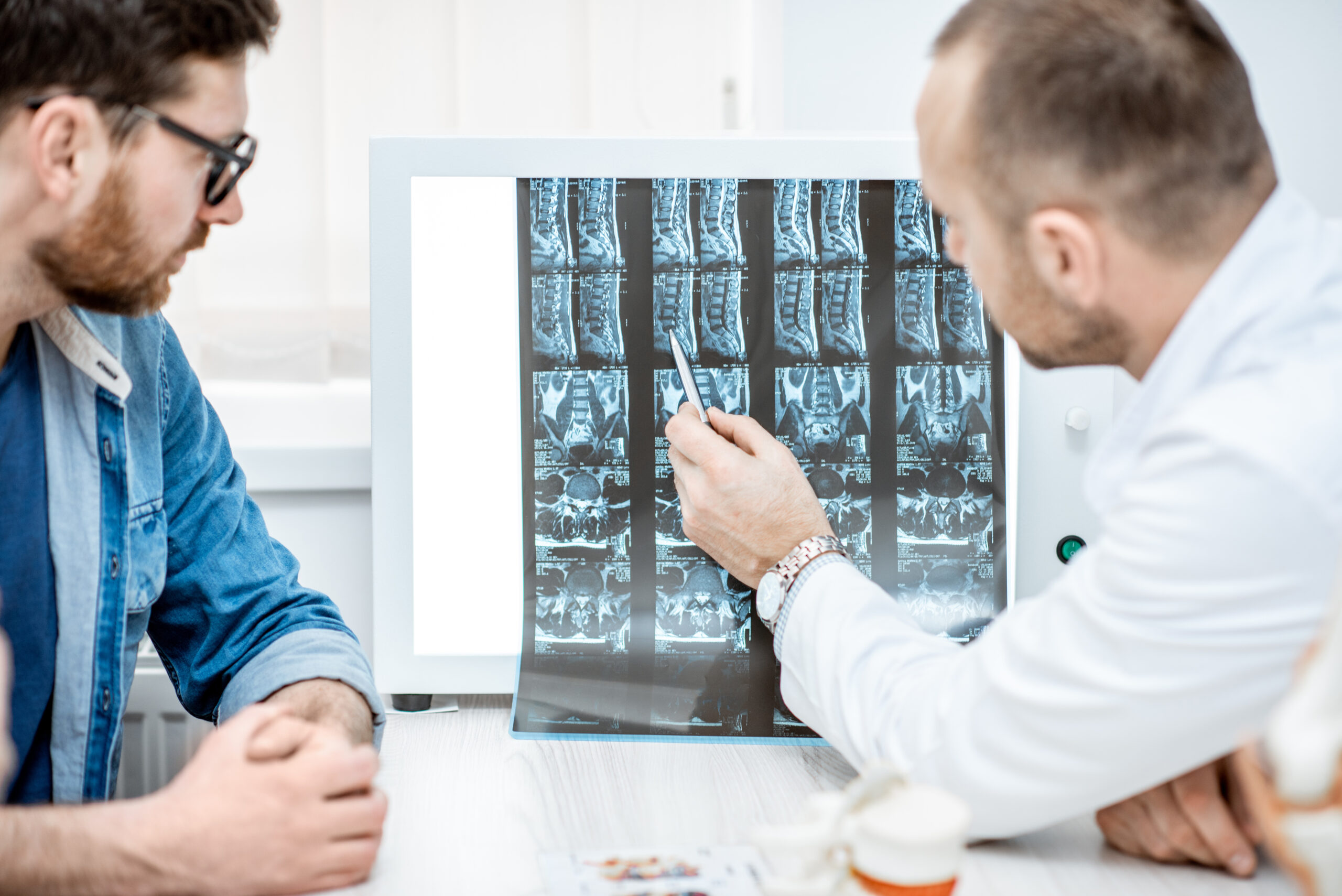
BACKGROUND CONTEXT Evaluation of 10-year clinical safety and effectiveness of cervical disc arthroplasty (CDA) using the Prestige LP™ disc to treat degenerative cervical spine disease at two adjacent levels has been completed and published. One of the contributing factors to the current opioid crisis in the U. is increased opioid prescription for back and neck pain. Better surgical outcomes may lead to less use of pain medications for CDA patients. PURPOSE To compare narcotic medication use between cervical disc arthroplasty (CDA) with the Prestige LP disc and anterior cervical discectomy and fusion (ACDF) at two levels. STUDY DESIGN/SETTING Multicenter, prospective, randomized, controlled, FDA-approved clinical trial. PATIENT SAMPLE A total of 397 subjects having 2-level intractable cervical radiculopathy and/or myelopathy were randomized to receive CDA (n=209) or ACDF (n=188) in an FDA-regulated clinical trial. The 10-year follow-up rate was 86% after excluding subjects at sites not participating in the PAS study, deaths, and withdrawals. OUTCOME MEASURES Subject ratings of use of pain medications for neck/arm pain, respectively for each of four types of medications: (1) weak narcotic, (2) strong narcotic, (3) non-narcotic, and (4) muscle relaxant, in a frequency scale: “not at all,” “once a week/as needed,” “once a couple of days,” “once or twice a day,”,\ and “three times or more a day.” Weak and strong narcotic medication use was combined for a total narcotic use score and further categorized into “
Ready to reclaim your life? Get in touch with Dr. Lanman Today.
FOLLOW US ON SOCIAL MEDIA | @ADRSPINE





